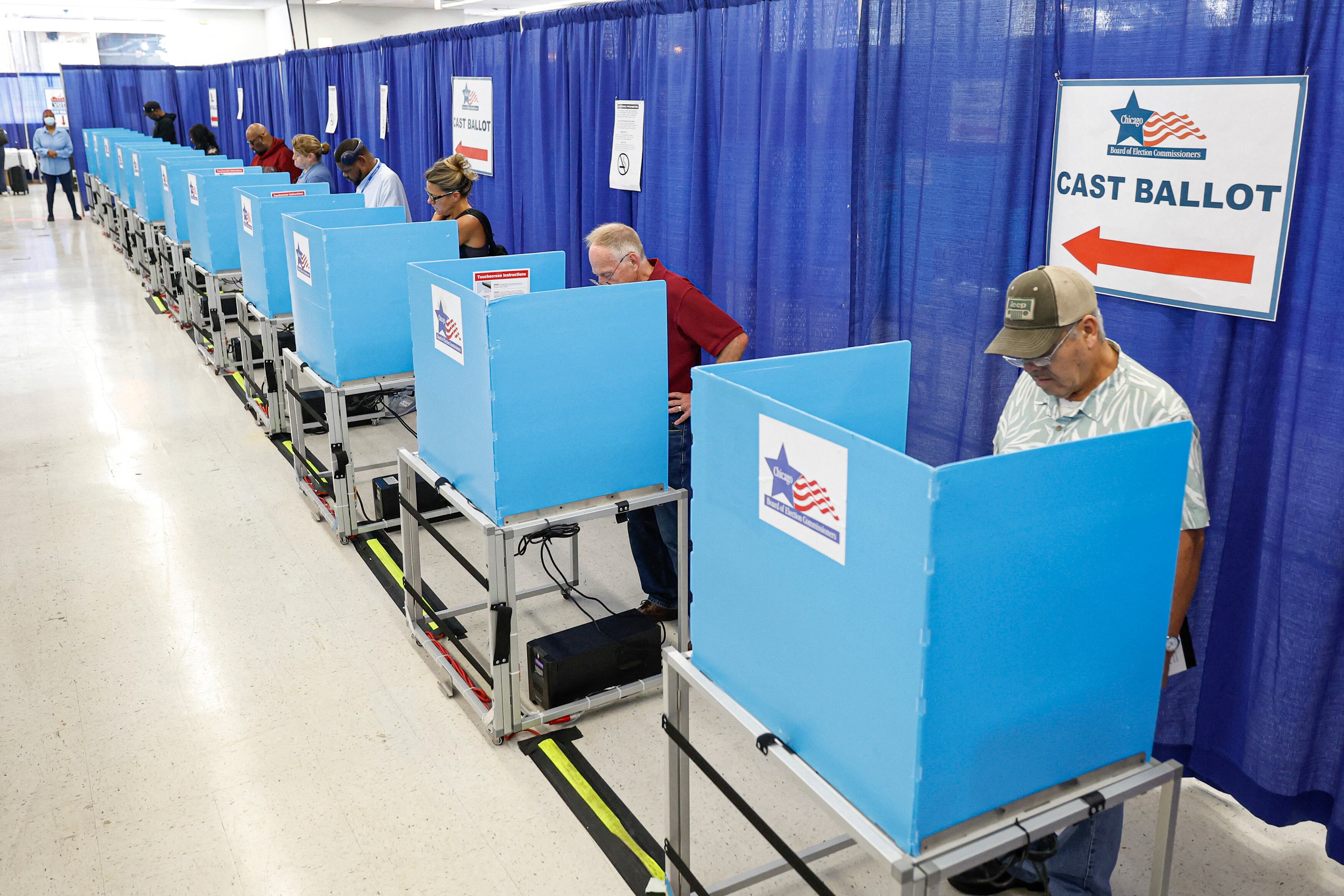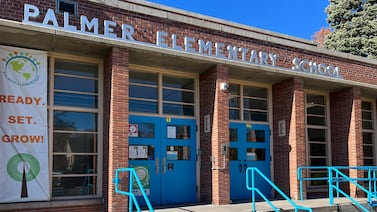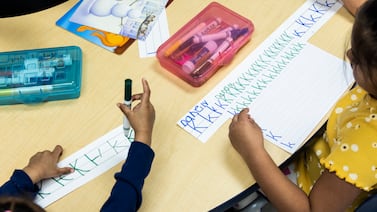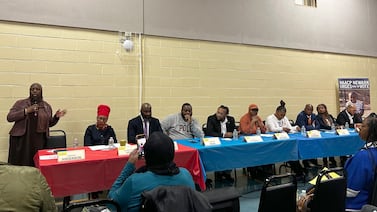Sign up for Chalkbeat Chicago’s free daily newsletter to keep up with the latest education news.
More than half of Chicago’s registered voters cast ballots in the city’s first school board races during the Nov. 5 general election, bucking voter trends for school board elections across the country, according to final figures released Wednesday.
Out of a total 1,498,873 registered voters, 801,878 cast ballots for the city’s 10 school board districts, according to Max Bever, spokesperson for the Chicago Board of Elections. That means 53% of the city’s registered voters showed up and picked candidates for school board races. According to one estimate from the National School Boards Association, just 5-10% of registered voters vote in school board races.
In total, 68% of all Chicago registered voters showed up to the polls on Nov. 5.
Of all Chicagoans who voted on Nov. 5, 78% chose a candidate in the school board races.
Bever noted that some votes for write-in candidates in districts 5, 6, and 10 will be added to the final totals that the Board of Elections will vote to certify next week.
The city’s inaugural election ushered in 10 new board members who will be sworn in Jan. 15, 2025. Mayor Brandon Johnson will choose another 11, including a school board president, by Dec. 16 to create a 21-person board.
The school board races drew almost $7 million in campaign contributions, with at least $1.5 million from the Chicago Teachers Union and its allies, and almost double that from pro-school-choice PACs, according to a Chalkbeat analysis in late October.
Chicago’s school board election shared space with the presidential race, which is one significant reason turnout was relatively high, Bever said. Nearly all of the people who cast ballots for the school board also voted in the presidential race, which tends to attract more voters compared to midterms or other municipal elections. Additionally, the election was the first of its kind in Chicago, after a yearslong push from advocates, community organizers, and some elected officials.
Still, Bever noted the turnout for school board races is exceptional given that they were further down on the ballot, which also had races for dozens of Cook County judges and referendum questions.
A WBEZ analysis found that more Chicago voters cast ballots in one of the 10 school board races than in any one of most of the judicial seats, and more ballots were cast in more competitive races.
Bever said more people voted in the school board races this year than all voters who cast ballots in the November 2022 midterm elections, as well as the February 2023 municipal election.
“It signals that the vast majority of eligible Chicagoans were knowledgeable about the office and were fired up to cast their vote for the candidates,” Bever said.
Chicago’s voter turnout in the school board election appears to significantly buck trends in other cities. In Newark’s school board races this past spring, for example, less than 3% of registered voters cast ballots – though those were not during a presidential election.
It’s “well-established” that voter turnout in school board races is generally low, making Chicago’s turnout “pretty impressive,” said Jeffery Henig, professor emeritus of politics and education at Columbia University’s Teachers College, who has studied mayoral control of school boards.
“It was unquestionably a sign of greater interest due to its high profile and due to its being something new,” Henig said.
Henig said the 78% figure — the share of people who showed up to the polls and also decided to choose a candidate in the school board races — is just as impressive and is a better measure of turnout. That’s because many national factors unrelated to the school board races may explain why registered voters didn’t show up, such as a dissatisfaction for both major party presidential candidates, he said.
It’s reasonable to expect voter turnout to drop in the city’s next school board election in 2026, Henig said, when all 21 seats will be elected but won’t be part of a bigger national election. But, since there will be new races where there’s no incumbent, there might be “a little more energy and excitement,” he said.
“A falloff from 80% wouldn’t be alarming,” Henig said. “If it falls down to 20%, then I think what you say is, ‘This is back to normal.’”
Reema Amin is a reporter covering Chicago Public Schools. Contact Reema at ramin@chalkbeat.org.





